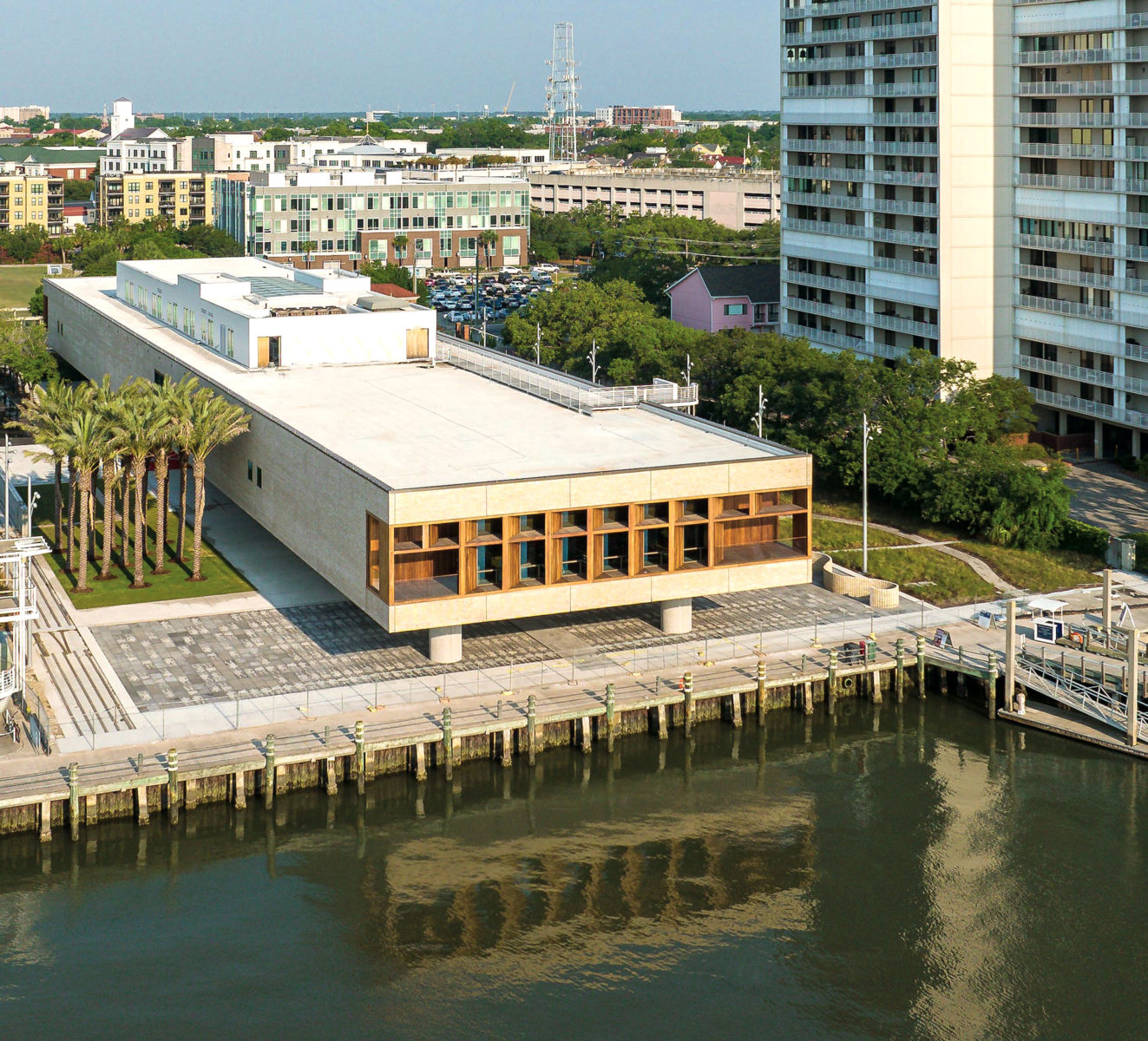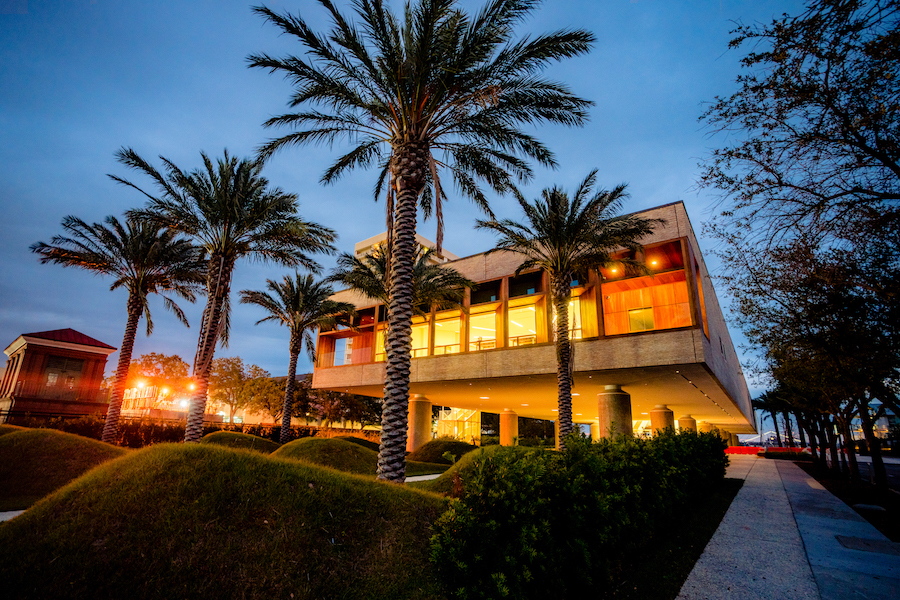Around the Mall: Scenes and Sightings from the Smithsonian Museums and Beyond: Slave Cabin Set to Become Centerpiece of New Smithsonian Museum
May 13, 2013
Point of Pines Plantation on Edisto Island, South Carolina, had more than 170 slaves before the Civil War working in the fields to pick Sea Island cotton. Not much evidence of the slaves’ daily toil exists now, though, except for a couple one-story, dilapidated cabins–the last physical reminders of the brutal and degrading living conditions of the enslaved, as well as an emblem of the strength and endurance of the nearly four million Americans living in bondage by the time of the war.
Today, the National Museum of African American History and Culture (NMAAHC) announced the acquisition of one of these 19th-century cabins, which was donated by the Edisto Island Historic Preservation Society last month after they received it from the plantation’s current owners. The cabin will travel to its new home at the Smithsonian to preserve the story it stands for.
Slave cabins are held in other museums and collections around the country. However, NMAAHC focused on acquiring one from Edisto Island, says curator Nancy Bercaw, who is in South Carolina this week to oversee the relocation project, is that the Point of Pines plantation was one of the first places where slaves “self-emancipated” themselves before the Emancipation Proclamation. South Carolina’s coastal islands, Bercaw says, were the earliest territories overtaken by Union troops. Point of Pines became a Union stronghold in 1861, and the African Americans living on the plantation, along with other slaves from around the area who had left their owners, declared themselves free.
Photo courtesy of The National Museum of African American History and Culture
Museum representatives just arrived at the plantation this morning to begin the week-long process of taking the cabin apart, piece by piece, and driving it up to the Washington, DC area. Officials say that every board and nail will be carefully numbered and packaged for shipment. The cabin eventually will be reconstructed inside the African American History and Culture Museum, which is scheduled to open in 2015.
Already, dismantling the cabin and examining the site has revealed details about the plantation’s slave community, says Bercaw. The cabin is now understood to have been part of a larger “slave street,” which consisted of up to 25 similarly small dwellings built in a row along a road. Bercaw and her team are working with Low Country Africana, too, to interview local descendents of the slaves. Their stories will supplement the documentation of the community’s history.
“The Point of Pines slave cabin will help us share the living history of a place and the resilience of the people, who, in the darkest days of slavery, built the cabin, cleared the land, worked in the fields and raised their families there,” says Bercaw. “The cabin will be one of the jewels of the museum positioned at its center to tell the story of slavery and freedom within its walls.”
Lonnie Bunch, the museum’s founding director, says: “Slavery is one of the most important episodes in American history, but it is often the least understood. By exhibiting this cabin, NMAAHC will ensure that the rich, complex and difficult story of the enslaved will be made accessible for the millions who will visit the museum.”
The cabin will be the focal piece of the museum’s exhibition “Slavery and Freedom,” which examines slavery’s role in shaping America and its lasting impact on African Americans.
The Museum currently is in the early stages of construction, but stop by its recently opened onsite Welcome Center to preview what is to come.



